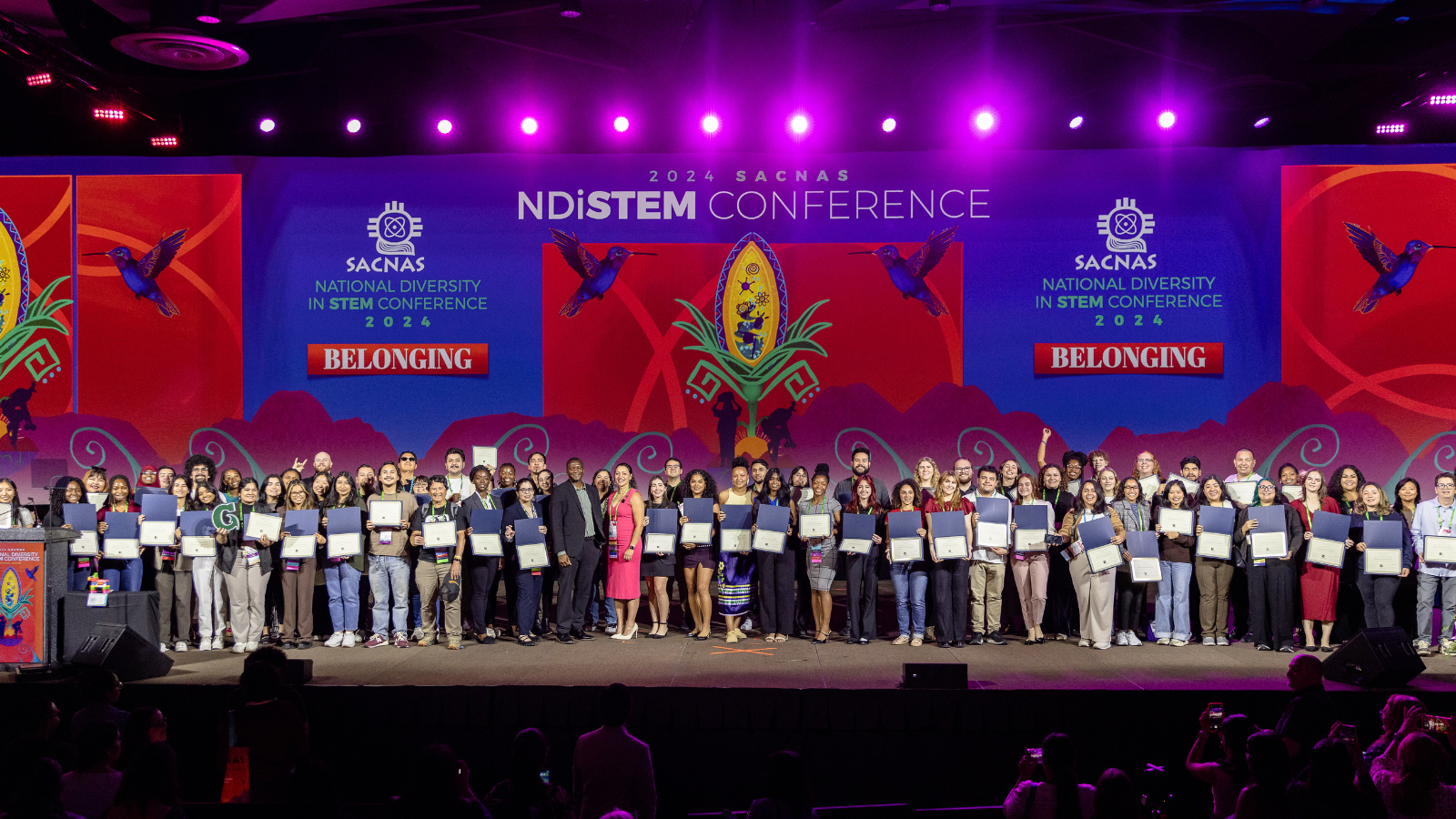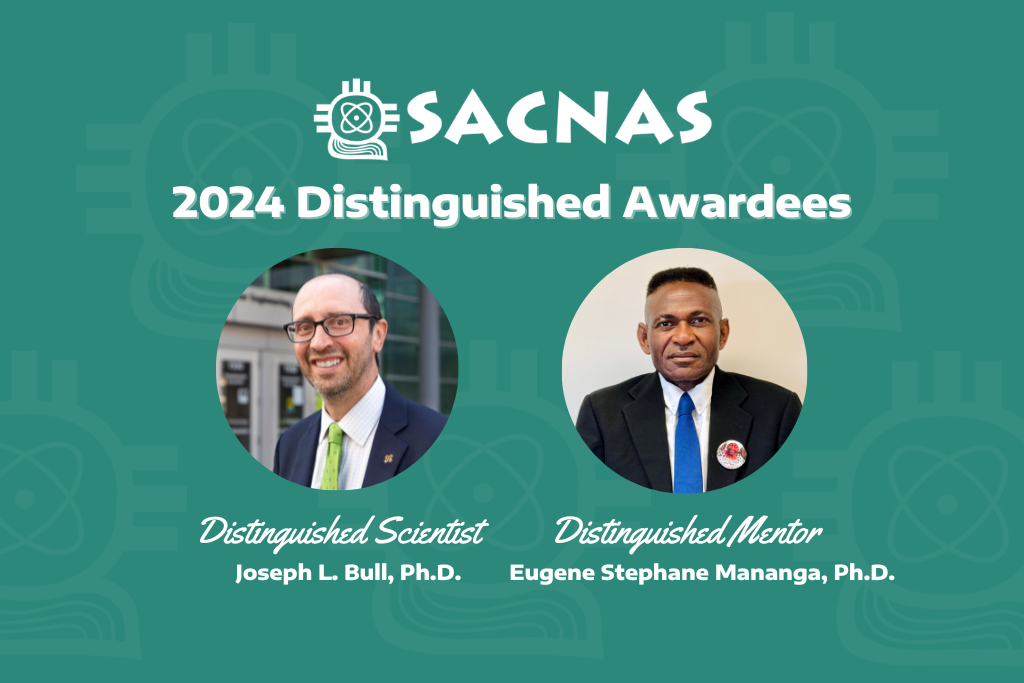On World Ocean Week, SACNAS (Society for the Advancement of Chicanos/Hispanics and Native Americans in Science) Lifetime member and marine biologist Dr. Anela Choy’s research on microplastic pollution in the ocean was featured in NPR, The Atlantic, Wired, and The Guardian.
Dr. Choy, an assistant professor at the Scripps Institution of Oceanography at the University of California, San Diego, led the research and team of scientists who designed a remote-operated vehicle (ROV) to track microplastic pollution in California’s Monterey Bay. The study, originally published in Nature Scientific Reports, revealed high concentrations of microplastics below the surface of Monterey Bay’s waters that are comparable to the concentration closer to the surface of the Great Pacific Garbage Patch.
For media requests, please contact Yamila Pino at (202) 660-1433 or yamila@prosperolatino.com.
Below are key excerpts from the news coverage:
NPR: “Microplastics Have Invaded The Deep Ocean — And The Food Chain”
“…Marine biologist Anela Choy is an assistant professor at the Scripps Institution of Oceanography in San Diego and was lead scientist on the study. She says the deep ocean is like a giant feeding trough. “It’s filled with animals,” she says, “and they’re not only moving up and down in the water column every day, forming the biggest migration on the planet, but they’re also feasting upon one another.”
For example, the deep ocean is filled with sea creatures like larvaceans that filter tiny organisms out of the water. They’re the size of tadpoles, but they’re called “giant larvaceans” because they build a yard-wide bubble of mucus around themselves — “snot houses,” Choy calls them. The mucus captures floating plankton. But it also captures plastic. “We found small plastic pieces in every single larvacean that we examined from different depths across the water column,” Choy says. Another filter feeder, the red crab, also contained plastic pieces — every one they caught.
Choy also has looked beyond Monterey Bay and higher up the food chain. In earlier research she did in the Pacific, she collected creatures called lancetfish — several feet long, with huge mouths and lots of saber-sharp teeth. They’re called the “dragons of the deep.”
“We’ve looked now at over 2,000 lancetfish,” says Choy, “and we’ve found that about one in every three lancetfish has some kind of plastic in its stomach. It’s really shocking, because this fish actually doesn’t come to the surface as far as we know.” That suggests that plastic has spread through the water column.
The Guardian: “Pieces of human society’: deep ocean may be riddled with microplastics”
Anela Choy, a biological oceanographer, had been noticing something odd while studying the diets of tuna and other deep-diving fish. Though they lived at average depths of 1,000ft, their stomachs routinely contained bottle caps, trash bags, and light sticks. “It was so strange,” says Choy, who works at the Scripps Institution of Oceanography at the University of California, San Diego. “We were seeing recognizable pieces of human society.”
Her concerns about plastic pollution inspired a study of waters off the coast of northern California, conducted by Choy and a team of other scientists. The findings, released today in Nature Scientific Reports, reveal a proliferation of microplastic particles, the tiny fragments left over when larger plastics break down. Most remarkably, the highest concentrations of microplastics were found about 200-300 meters (650-1,000ft) down – four times more plastic than was found in samples at the surface. That’s on par, or higher, with quantities found at the surface of the Great Pacific Garbage Patch.
The study was done in Monterey Bay, a marine sanctuary and haven for sea life including whales, otters and sharks. “We did not expect to find this much pollution at these depths,” says Kyle Van Houtan, chief scientist at the Monterey Bay Aquarium, who co-authored the new paper. The implication: microplastics could be widespread – even concentrated – in the deep ocean around the world. “This is making us realize that the problem is far more extensive than we thought, and not constrained to the surface of the ocean.”
Microplastic pollution has been found on almost every part of the planet, but the scientists say this is the first rigorous study of microplastics distribution at varying ocean depths. Plastic was thought to stick to the surface; Choy wanted to examine everything from the surface to the ocean floor (known as the “water column”) and see how the concentration of plastic changed as animals traveled up and down.
###
About SACNAS
For more than 45 years, SACNAS has served as an inclusive organization dedicated to fostering the success of Chicano/Hispanics & Native Americans, from college students to professionals, in attaining advanced degrees, careers, and positions of leadership within STEM.
Today, the organization serves a growing community of over 20,000 supporters, 6,000+ members, and 115+ student and professional chapters throughout the United States and Puerto Rico. SACNAS influences the STEM diversity movement through STEM outreach & advocacy, promotion of STEM leaders, and The SACNAS National Diversity in STEM Conference. Learn more about SACNAS on Facebook or Twitter.



